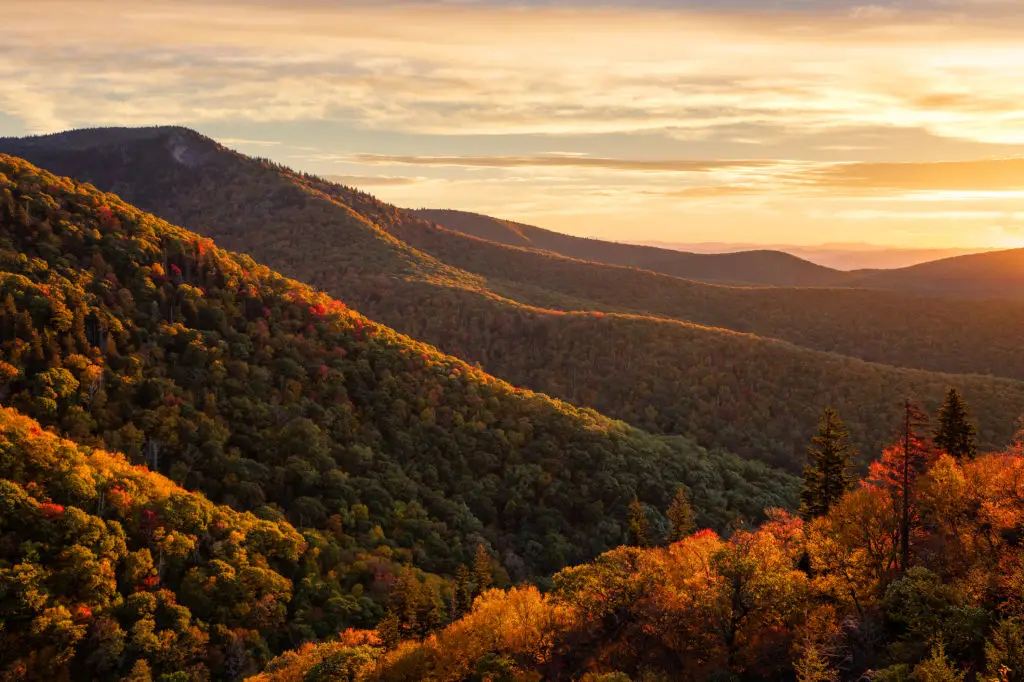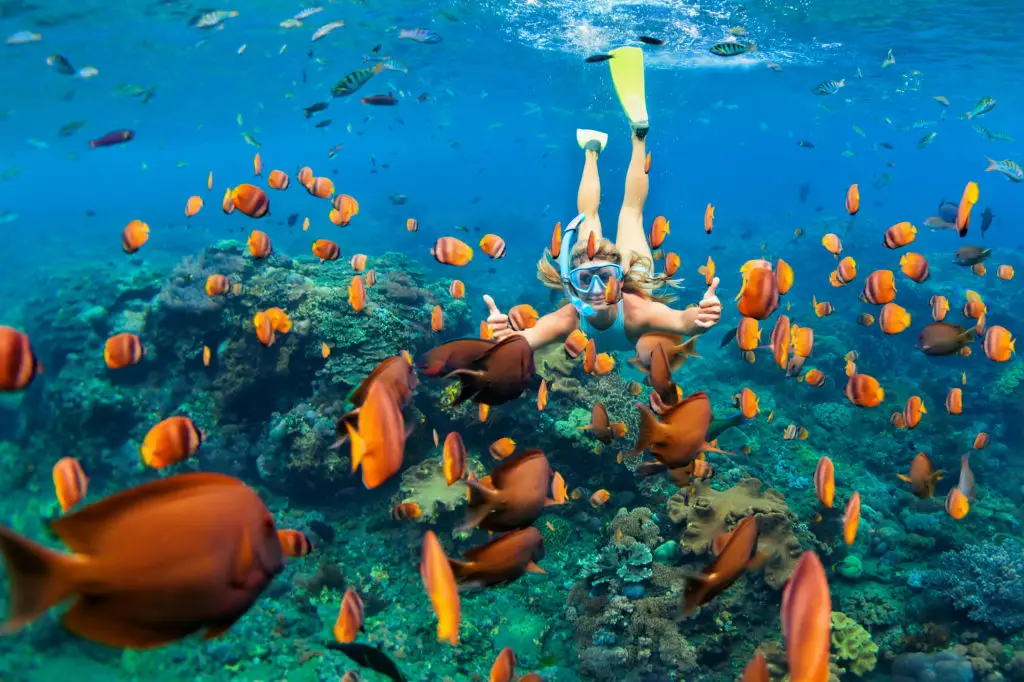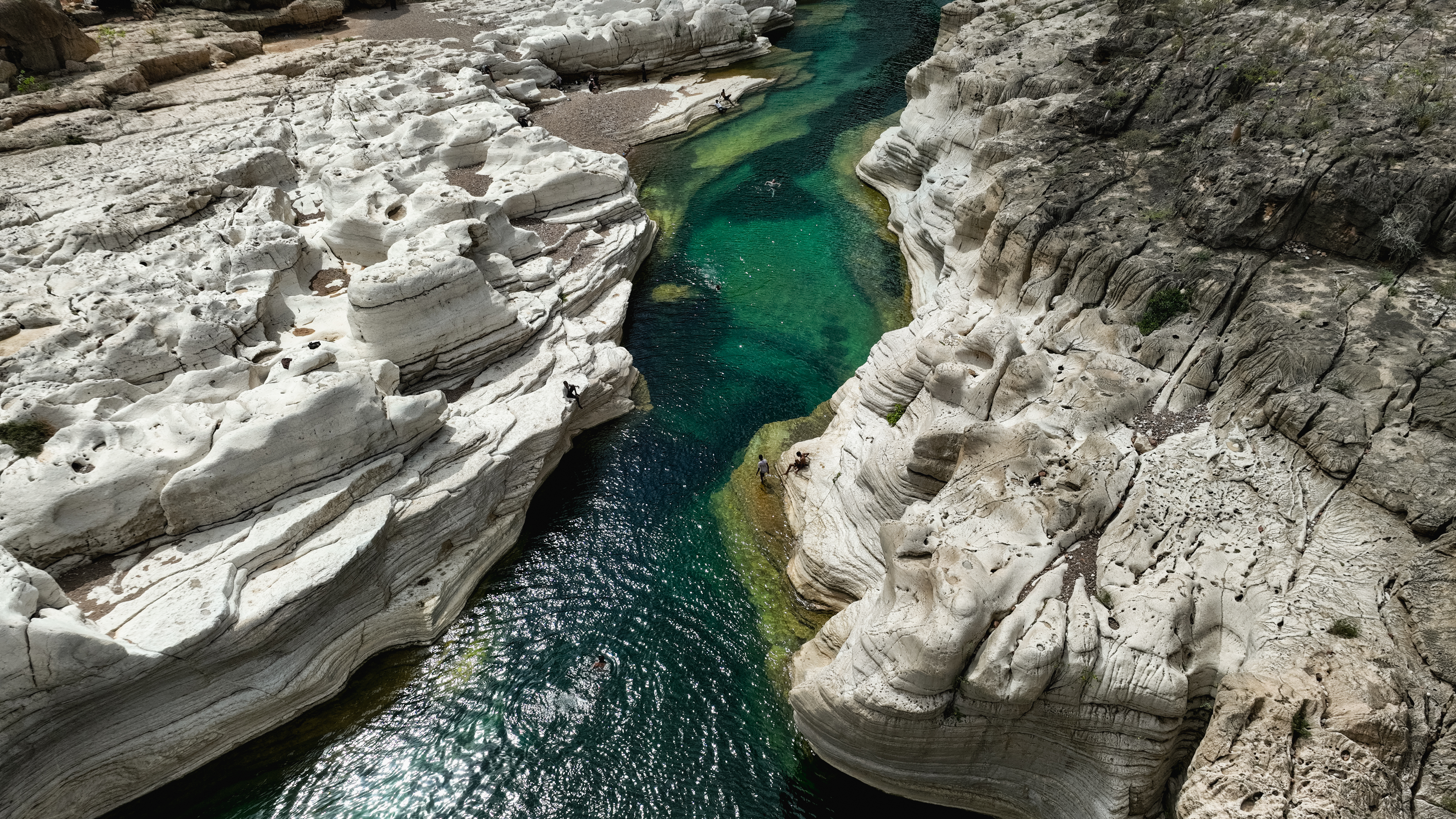12 International Eco-Travel Havens Captivating US Explorers
Travelers from the United States are increasingly seeking global destinations that combine natural beauty with earth-friendly practices. Eco-travel is more than just a buzzword—it's a movement that supports conservation, community well-being, and unforgettable experiences in nature. From pristine rainforests to bustling green cities, a growing number of spots worldwide welcome thoughtful explorers with open arms and sustainable ideas. What sets these locations apart? Each one shows real commitment to protecting precious habitats, supporting local innovation, and inviting visitors to tread lightly. For US adventurers, these eco-havens offer more than just a scenic getaway; they provide an opportunity to learn, connect, and make travel more meaningful. This list covers 12 standout international destinations—from wild islands and national parks to urban leaders in sustainability. Every place is accessible for American travelers and has earned praise for green tourism strategies, eco-certifications, or hands-on preservation work. Ready to journey into the most inspiring corners of our planet? These havens blend comfort, adventure, and a true respect for nature—guiding the way for the future of travel.
1. Costa Rica’s Osa Peninsula
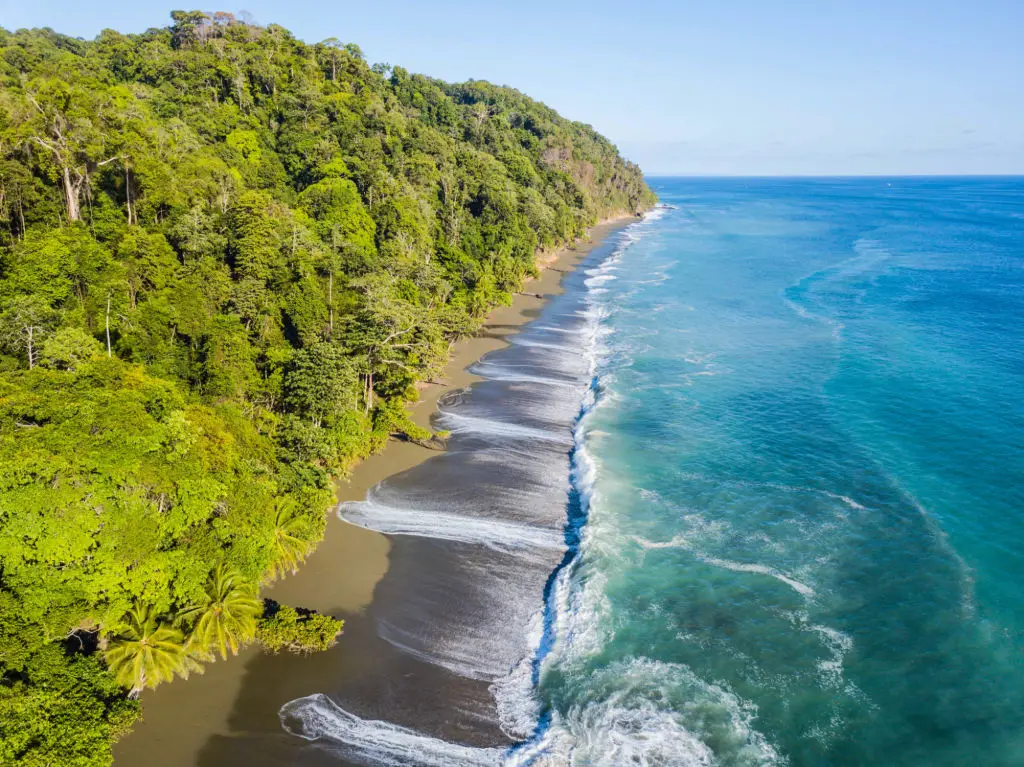
Costa Rica’s Osa Peninsula, home to the acclaimed Corcovado National Park, stands as a model for eco-travel. Nearly half the species in the country thrive here among thick rainforests, mangroves, and remote beaches. Locally run ecolodges and tour operators foster community engagement and offer birdwatching, sea turtle protection, and rainforest hikes, all while practicing strict sustainability. The area is recognized worldwide for its biodiversity, drawing both expert naturalists and first-time wildlife explorers. Conservation efforts include active reforestation projects and close partnerships with Indigenous groups. US travelers speak highly of the immersive experience, with the best time to visit during the drier months from December to April for optimal wildlife viewing. With direct flights to San José followed by a short hop, reaching Osa is simple yet rewarding. Whether you’re tracking scarlet macaws or exploring hidden waterfalls, every step supports the region’s enduring commitment to conservation.
2. New Zealand’s South Island
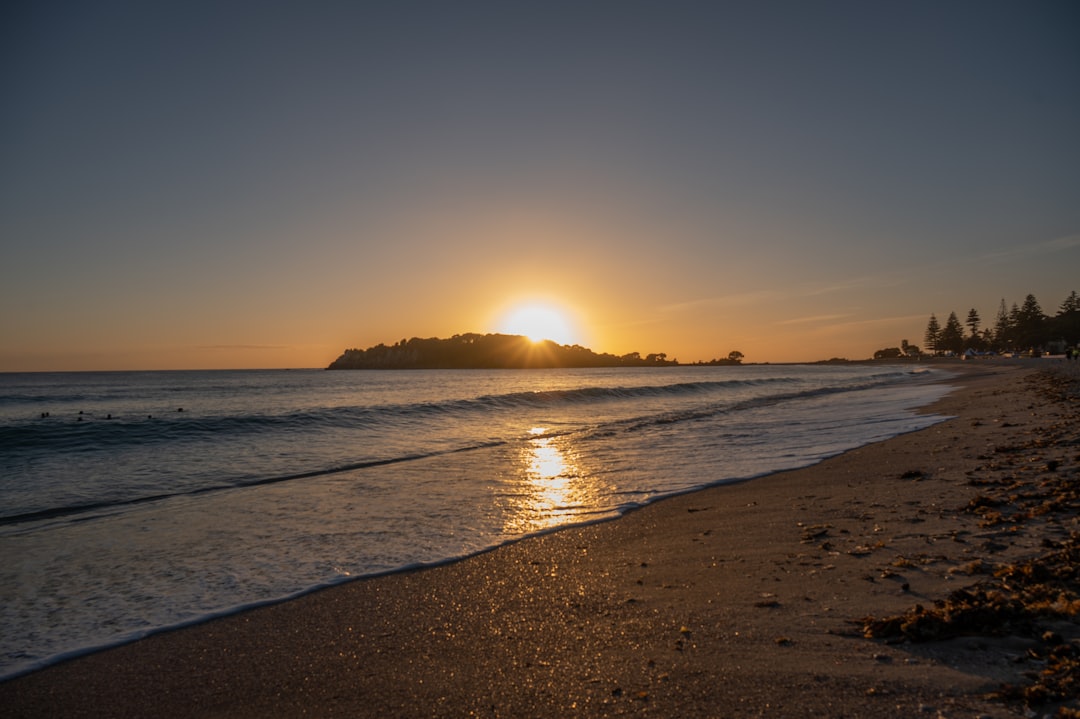
New Zealand’s South Island enchants with its blend of dramatic landscapes and responsible tourism. Visitors can hike through UNESCO-designated reserves like Fiordland and Mount Aspiring National Park or stay at accommodations certified by Qualmark’s Sustainable Tourism Business program. The South Island is celebrated for adventure tourism, from glacier walks to kayaking and wildlife cruises, all designed to minimize environmental impacts. Its eco-lodges ensure guests leave only footprints and support local conservation work. US travelers find the region surprisingly accessible, with flights connecting through Auckland and Christchurch. Seasonality brings variety—summer (December to February) offers lush hiking conditions, while winter (June to August) is perfect for those seeking snow-capped beauty and fewer crowds. Many praise the South Island’s ability to balance raw nature with environmental stewardship, making it a top green choice for explorers who appreciate both wild adventure and thoughtful travel.
3. Iceland’s Westfjords
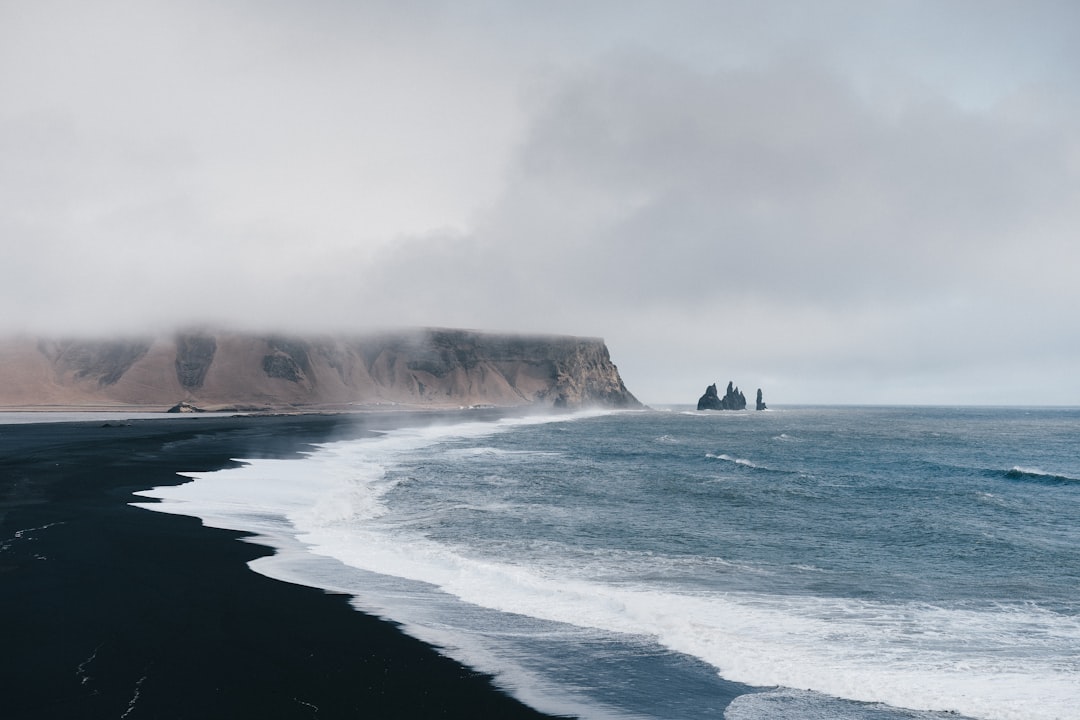
The Westfjords of Iceland are recognized as one of Europe’s first EarthCheck-certified regions, setting a standard for sustainable travel. This remote, rugged peninsula operates almost entirely on renewable geothermal and hydroelectric energy, with quaint fishing communities leading by example. Travelers will find deep fjords and towering cliffs teeming with seabirds, arctic foxes, and untouched landscapes. Hiking paths and natural hot springs allow for low-impact adventures that embrace Iceland’s raw elements. US visitors can access the Westfjords via connecting flights through Reykjavik, especially appealing between June and September when roads are open and wildlife is abundant. Local guides encourage responsible travel, and several tour companies contribute directly to nature restoration projects. The Westfjords’ dedication to preserving its natural character means that even small guesthouses often have green certifications, and the whole region thrives on a spirit of environmental integrity.
4. Galápagos Islands, Ecuador

The Galápagos Islands are a true icon of eco-travel, marked by strict conservation policies and UNESCO World Heritage status. Both marine and land reserves encompass unique wildlife seen nowhere else—think giant tortoises, blue-footed boobies, and playful sea lions. To protect these ecosystems, Ecuador enforces robust visitor controls and limits group sizes, all under the watchful oversight of scientists and local organizations. Community-driven eco-projects, such as marine debris removal and habitat restoration, help maintain the delicate balance. US travelers access Baltra or San Cristóbal via flights from mainland Ecuador, with the prime months for comfortable weather and wildlife viewing spanning June through November. Sustainable cruise options and regulated guides ensure that every visit benefits conservation directly. Many American visitors report a sense of wonder, and praise the islands’ commitment to leaving nature as wild as possible.
5. Slovenia’s Triglav National Park
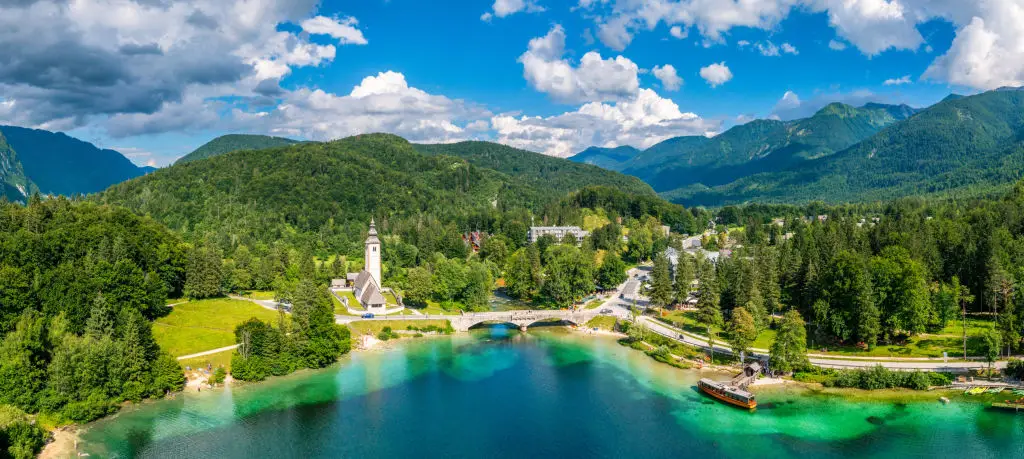
Nestled in the Julian Alps, Slovenia’s Triglav National Park is a European leader in sustainable tourism and conservation. The park’s crystal-clear rivers and forests are home to native chamois, lynx, and golden eagles, creating brilliant opportunities for hiking, cycling, and wildlife spotting. Surrounding communities in the Bled/Bohinj region have crafted award-winning green tourism programs, encouraging travelers to choose eco-friendly stays and local food producers. Triglav promotes rewilding, especially along mountain river corridors, which has earned praise from international conservation groups. Getting to the region from the US typically involves flights to Ljubljana, with trains and affordable buses connecting onward. The best periods for temperate hiking and festivals span from May to September. Practices like “Leave No Trace” and well-marked trails make exploring both easy and ethical, while supporting a proud culture of stewardship and sustainability.
6. Bohol, Philippines

Bohol, set in the heart of the Philippines archipelago, is revered for its dedication to marine and wildlife conservation. Travelers flock here to experience sustainable snorkeling along the Balicasag Marine Sanctuary, which protects coral reefs and supports abundant sea turtles. The region is equally famous for guided tours at the Tarsier Sanctuary, designed to preserve the world’s smallest primate. Locally run ecolodges integrate with community river conservation and prioritize recycling and renewable energy. From the US, flights through Manila or Cebu make Bohol accessible, with the dry season from November to April as the best time for beach adventures and reef exploration. US visitors praise Bohol’s blend of natural beauty and community-driven eco-projects—many initiatives are shaped and maintained by residents. While travel infrastructure is improving, visitors enjoy an authentic, less commercialized approach to green tourism.
7. Vancouver Island, Canada

Vancouver Island offers a lush, temperate rainforest experience just a short journey from the US border. The island’s Pacific Rim National Park Reserve protects ancient cedar groves and rugged coastline where whales migrate and tidepools flourish. Indigenous-led tours educate visitors about traditional stewardship and living forest ecosystems. Networked rainforest trails, cycling routes, and strict visitor quotas keep the impact low. Traveling from the US is straightforward—flights are available to Victoria from several west coast hubs, or ferries from Washington State. While the shoulder months of May and September strike a pleasant balance for crowds and weather, the island’s eco-adventures run year-round. Many American travelers highlight the mix of wildlife, cultural insight, and commitment to regeneration, making Vancouver Island a vibrant gateway into Canada’s green heart.
8. Rwanda’s Volcanoes National Park
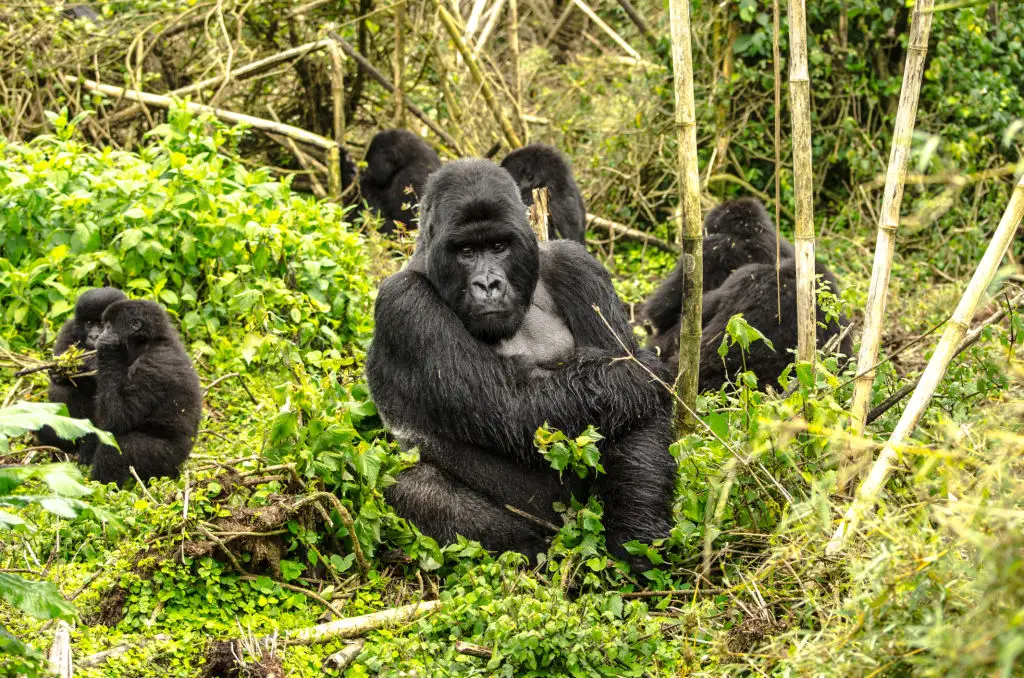
Rwanda’s Volcanoes National Park delivers one of the most profound eco-experiences: guided treks to observe wild mountain gorillas. Conservation rules are among the strictest in Africa, with limited permits and an emphasis on supporting local communities through employment and education. UNESCO recognizes the park’s innovative approach to both tourism and habitat restoration. The best season for tracking gorillas and enjoying clear mountain trails is the dry period from June to September. Direct flights to Kigali from US hubs are limited, but connecting via Europe or the Middle East is straightforward. The government’s vision extends to neighboring communities, funding education and health initiatives that benefit conservation. American travelers often describe the experience as life-changing—seeing gorillas in their natural setting creates a deep appreciation for the link between people and the planet.
9. Azores Archipelago, Portugal
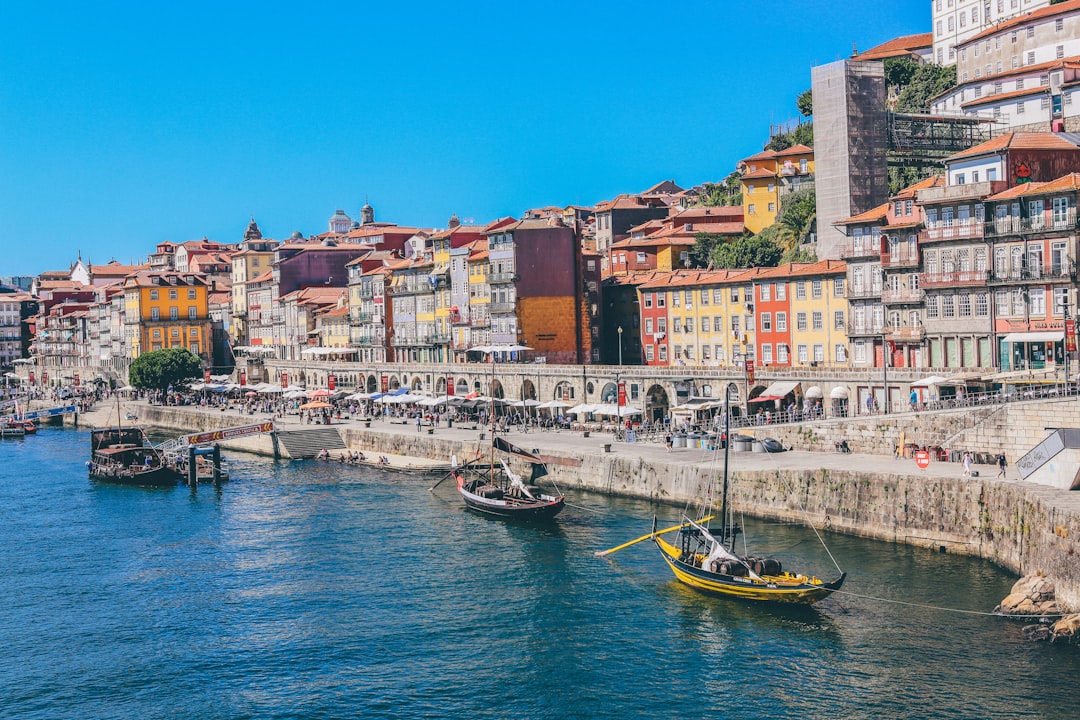
Scattered across the mid-Atlantic, the Azores are Portugal’s premier example of sustainable island living. The archipelago has earned widespread praise for marine conservation, geothermal energy, and responsible whale watching. São Miguel and Pico islands in particular have implemented protected areas for dolphins and sperm whales, with locals guiding tours that fund conservation outcomes. The region is recognized by European green tourism bodies for its low-carbon travel options, such as electric vehicle rentals and eco-friendly accommodation. Travelers from the US typically connect via Lisbon, with mild conditions year-round—spring and early fall bring vibrant wildflowers and fewer visitors. Americans cite the Azores’ warm hospitality and forward-thinking approach as highlights, while robust conservation efforts ensure that future generations can enjoy the same untamed beauty.
10. Palau’s Rock Islands

Palau’s Rock Islands are celebrated for exceptional marine biodiversity and rigorous eco-protection measures. As the first country to require a “Palau Pledge” from visitors, travelers agree at entry to uphold conservation values and respectful conduct. The marine sanctuary encompasses vast coral reefs, supporting everything from manta rays to rare clams, making it a wonderland for divers and snorkelers. Eco-friendly tour operators and locally managed lodges ensure tourism benefits both nature and communities. For US travelers, reaching Palau involves connections through Guam or Manila, and the dry season from November to April delivers the best conditions for water activities. The level of marine preservation is matched by the welcoming spirit of Palauan people, many of whom are directly involved in sustainability projects. Visitors leave knowing their trip supports a pioneering national approach to eco-tourism.
11. Botswana’s Okavango Delta
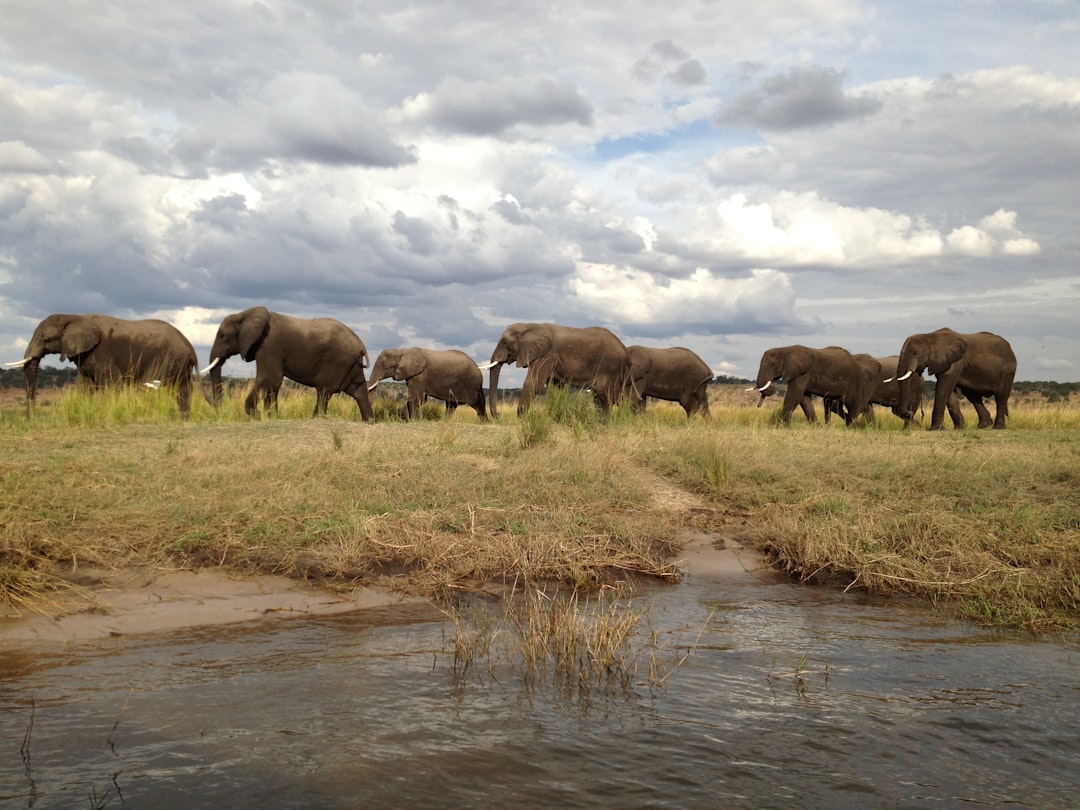
Botswana’s Okavango Delta is a UNESCO World Heritage Site and a bold model for high-impact, low-volume safari tourism. Travelers stay in green-certified safari lodges that run on solar power and support anti-poaching patrols, ensuring wildlife from elephants to lions thrive in a protected setting. Local communities benefit through jobs and revenue sharing, making conservation truly inclusive. Americans can fly to Maun via Johannesburg, with the best safari conditions from May to October when floodwaters invite an array of migratory birds. While luxury camps tend to dominate, more budget-friendly eco-camps have emerged in recent years. Reviewers applaud the sense of wilderness, safety standards, and visible investments in community health and education. The Delta’s flourishing wildlife and commitment to sustainable tourism continue to set benchmarks for conservation travel in Africa.
12. Copenhagen, Denmark

Copenhagen inspires as one of the world’s most progressive urban eco-destinations. On track to become the planet’s first carbon-neutral capital, the city integrates bike share networks, energy-efficient buildings, and innovative rooftop gardens into daily life. Green hotels and a strong farm-to-table dining scene keep conscientious visitors engaged with the city’s sustainability ethos. For US travelers, direct flights connect Copenhagen to several American cities year-round, and the city’s public transit is seamless. Any season delivers its own rewards: spring and summer bring lively outdoor markets, while fall and winter highlight cozy cafes and cultural festivals. Numerous US visitors have praised Copenhagen’s blend of comfort, environmental stewardship, and inspiring public spaces. Whether cycling along the harbor or relaxing in a solar-powered sauna, guests contribute to an ambitious vision for the future of city living.
As global eco-travel grows, American explorers have more choices than ever to tread lightly while gaining perspective. The 12 destinations in this list represent a broad spectrum of environments, cultures, and sustainability models—each offering fresh ways to blend adventure, learning, and responsible tourism. By choosing places devoted to conservation and community, travelers not only enjoy inspiring landscapes and vibrant wildlife but help preserve them for future generations. Practical advantages abound—accessibility, a mix of travel styles, and support for local projects ensure that each trip is as enriching as it is memorable. Whether you’re dreaming of rainforest lodges, marine sanctuaries, or bike-friendly cities, the eco-havens here prove that mindful travel unlocks richer, more fulfilling experiences. Ready to set out? There’s a world of breathtaking, sustainable destinations just waiting to be explored with care, curiosity, and a genuine respect for our planet.

